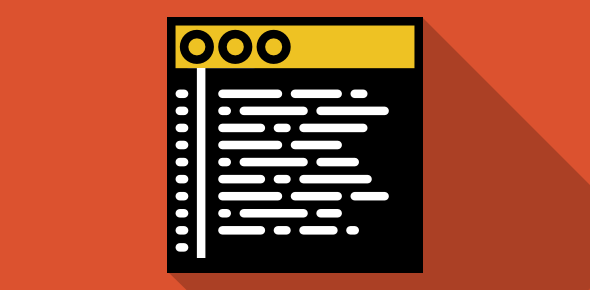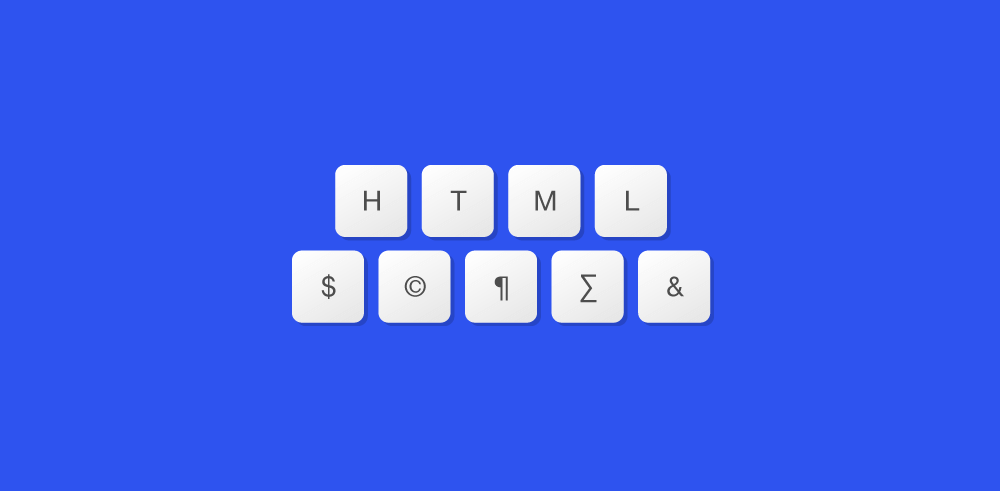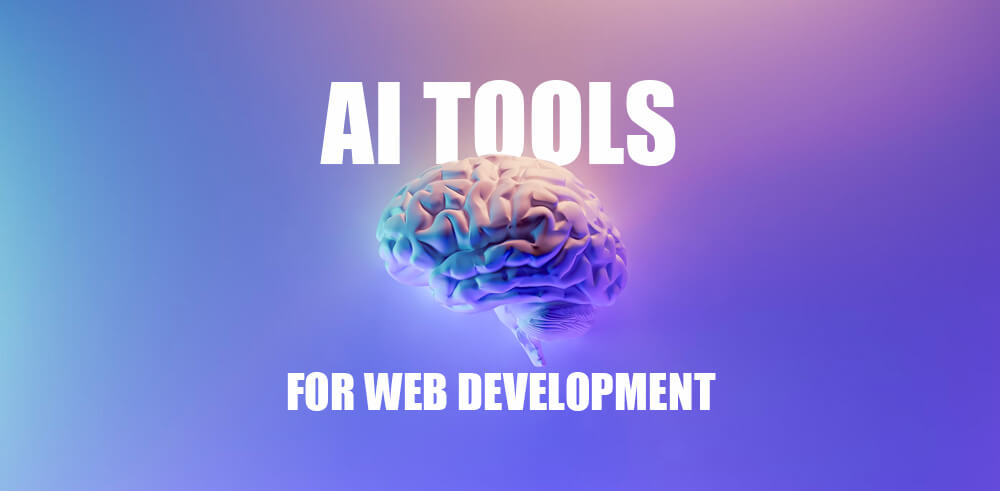If you are reading this page you probably know what HTML is. You don’t? HTML stands for HyperText Markup Language which is used to develop web pages. In principle, HTML is not a programming language because it has none of the characteristics of one.
It consists of tags that specify the structure of a web page such as what is a heading, a paragraph, a bulleted list etc. HTML is often coupled with Cascading Style Sheets (CSS) and it is the latter than defines the layout of the web page.
One can get a fair grasp of HTML and CSS in a couple of weeks (refer the basic HTML and advanced HTML tutorials on this web site) and start creating simple web pages.
Sponsored Links
However, you don’t need to known HTML to create web pages. You can use an HTML editor to “write” it for you. So what is an HTML editor?
An HTML document
An HTML document is plain text, known as ASCII text (here is a term to impress your friends), that one can create in a basic text editor such as Notepad found in Windows. All HTML pages carry the file extension .html or .htm. Does this mean all web pages should end with the one of these file extensions? NO! Even though all “proper” web pages are written in HTML, they can also contain code of programming languages such as PHP, ASP, Perl etc. because of which their file names extensions can be changed to .php, .asp or something similar.
Coming back to the discussion on HTML, here is the code for a basic HTML page:
<html> <head> <title>My first page</title> </head> <body> <h1>First page</h1> <p>My first HTML page.</p> </body> </html>
Each HTML page has a head and a body section demarcated by their respective tags – the closing tag has a forward slash. The simple page above, has a heading (First page) and a small sentence in a paragraph. You can copy-paste the above code in Notepad, save as .html file and load it in a browser to see how it works – or click here.
Two types of HTML editors
Technically, there are two types of HTML editors – the code editors and WYSIWYG HTML editors.
The code editors are just a fancier form of the plain Notepad text editor because you’ll still be working with the HTML code. Such editors save you time by taking out most of the drudgery since you can embed the basic framework of HTML tags by clicking on the corresponding icons. These editors also offer add different colors to different HTML tags that can help in identification. However, a working knowledge of the language is definitely a requirement when working with code editors.
WYSIWYG HTML editors are in a different league. WYSIWYG stands for What You See Is What You Get, and as the name suggests, such editors “write” the HTML code for you based on how you have designed the web page. A typical WYSIWYG HTML editor allows you to place different elements on a page including images. You can actually drag-n-drop images and position them and the text with your mouse. The editor then generates the HTML code and the CSS file. If you want to create web pages quickly and don’t want to learn HTML, a WYSIWYG HTML editor is what you should use.
Download free HTML editors
There are many free HTML editors available for download. First decide if you want to use a simple code editor or a WYSIWYG HTML editor. I suppose, many of you will opt for the latter but please read the article on advantages and disadvantages of using WYSIWYG HTML editors before you proceed. Here is a list of some popular free WYSIWYG HTML editors.






